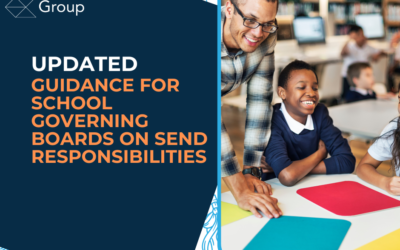To put it all very simply. Dysgraphia is a neurological condition that affects a person’s ability to write, draw, or express themselves through handwriting. It’s important to note that dysgraphia is not related to intelligence; it’s simply a unique challenge that some students face. These individuals may struggle with legible handwriting, letter formation, spacing, and overall fluency in written expression.
Everyone, not just, parents can play a pivotal role in recognising dysgraphia early on. Look for signs such as messy or illegible handwriting, difficulty with fine motor skills, frequent letter reversals, and frustration during writing tasks. Dysgraphia often coexists with other learning differences like dyslexia and ADHD, making early detection all the more critical.
Support Strategies
Assistive Technology: Embrace technology to ease the writing process. Tools like speech-to-text software and keyboarding programs can be game-changers for students with dysgraphia.
Alternative Note-Taking Methods: Encourage students to use printed or typed notes instead of handwritten ones. This allows them to focus on content comprehension rather than struggling with writing.
Occupational Therapy: If possible, consult with an occupational therapist who specialises in dysgraphia. They can provide tailored exercises and strategies to help improve fine motor skills.
Extended Time: Offer extended time for written assignments and assessments. This accommodation allows students to work at their own pace without the added pressure of time constraints. Give them a level playing field.
Graphic Organisers: Make use of graphic organisers for brainstorming and organising thoughts before writing. These visual tools can provide a roadmap for a smoother writing process.
Provide Clear Instructions: Ensure instructions for assignments are clear and concise. Offer models or examples to help students understand expectations.
Positive Reinforcement: Celebrate small victories and progress. A positive and supportive environment can boost a student’s confidence and motivation.
Individualised Education Plans (IEPs): Work with your school’s support team to create an IEP tailored to the student’s needs. This document can outline specific accommodations and support.
Dysgraphia may present challenges, but with the right strategies and a supportive community of educators and parents, students with dysgraphia can flourish academically and personally. By supporting understanding and providing the necessary tools, we can help unlock their true potential, enabling them to thrive on their educational journey.


